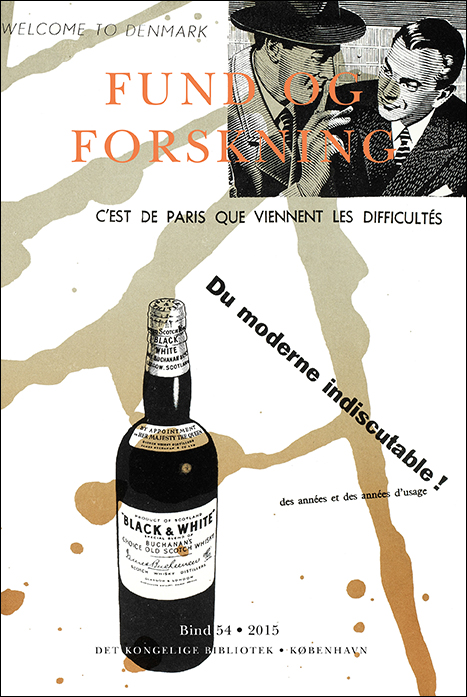Disentangling Knots. Real and fictional khipu systems in the Naples documents, Garcilaso de la Vega’s Comentarios, Guaman Poma’s Nueva corónica, and Raimondo de Sangro’s Lettera apologetic
DOI:
https://doi.org/10.7146/fof.v54i0.118875Resumé
Davide Domenici: Disentangling Knots. Real and fictional khipu systems in the Naples documents, Garcilaso de la Vega’s Comentarios, Guaman Poma’s Nueva corónica, and Raimondo De Sangro’s Lettera apologetica
The present paper offers a new critical approach to the so-called Naples documents, a group of controversial manuscripts that contain unprecedented claims regarding Peruvian colonial history, among them the attribution to the mestizo Jesuit Father Blas Valera of the authorship of El primer nueva corónica i buen gobierno of Felipe Guaman Poma de Ayala, one of the treasures of the Royal Library of Denmark. The Naples documents ignited a scholarly controversy, placing scholars who considered them to be bold modern forgeries in opposition to scholars who believed in their authenticity and veracity. The strategy chosen here for attempting to make some progress in assessing the authenticity of single parts of the Naples documents consists of a deliberate focus on one single, major aspect, to the disregard of others. In the present case, the focus is on the various examples of “syllabic khipu” represented in the documents, considered from the vantage point of Raimondo de Sangro’s Lettera apologetica (1750). In this famous book, the Neapolitan intellectual presented an example of a “syllabic khipu” writing system, apparently derived from one of the two main Naples documents. A detailed analysis of the diverse relationships between the Lettera Apologetica and the Naples documents makes it possible to demonstrate that only a small part of the documents can be considered to be earlier than 1750, and hence potentially can be identified with what De Sangro himself mentions as being his main source. However, most parts of the Naples manuscripts are manifestly dependent on the Lettera Apologetica, and are therefore clearly not what they purport to be. On the basis of our analysis, we propose that the authentic pre-1750 part of one of the documents is an interesting source on the colonial perception and transformation of native Andean khipu, but that it is devoid of any “revolutionary” content. The demonstration that the Naples documents with one single exception are clear post-1750 forgeries thus implies that their claims must be rejected, including those regarding El primer nueva corónica i buen gobierno, the distinctive and unique achievement of the Andean Indian Felipe Guaman Poma de Ayala.


